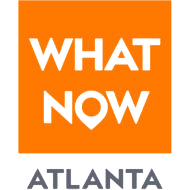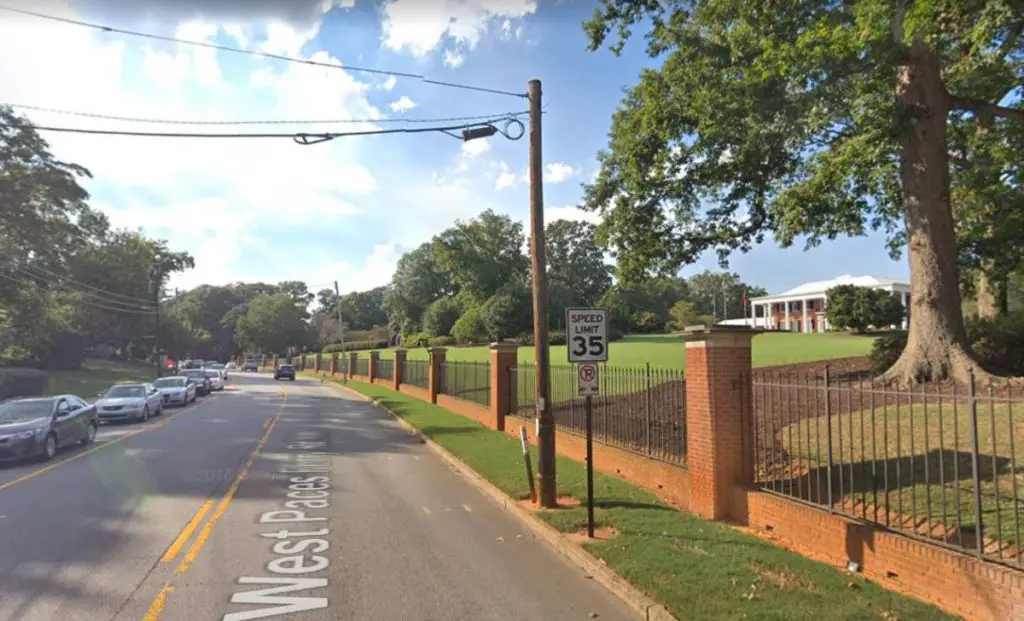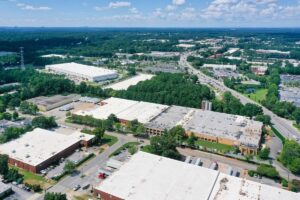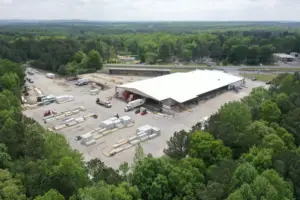Sandwiched between I-75 to the west, and Buckhead to the East, the residential neighborhood of Tuxedo Park has been subject to increasing traffic due to the rapid development of Buckhead and North Atlanta in general. After years of increasing traffic volumes and speeds, the Tuxedo Park Civic Association (TPCA) has developed the Tuxedo Park Transportation Plan in partnership with global infrastructure development firm Jacobs and the City of Atlanta.
Sign up now to get our Daily Breaking News Alerts
The plan, which was recently completed after a lengthy public engagement process, had been scheduled for review by Neighborhood Planning Unit – A yesterday, September 7th, but the review was deferred until the October meeting. The plan had also been scheduled for a public hearing on September 27th, however that hearing will likely be delayed until after the NPU review. The plan would require Atlanta City Council to approve amendments to a number of major Atlanta plans, including the Comprehensive Development Plan and Atlanta’s Transportation Plan. If the plan is implemented, it would bring a suite of traffic calming, vehicular and pedestrian safety measures to the neighborhood that seek to mitigate the impact of the increased traffic of the area.
The plan identifies a number of roads which have significantly more and faster traffic than typical residential streets, most notably Habersham Road, Blackland Road and West Paces Ferry Road. Through a lengthy analysis and public engagement process, the plan arrived at a number of recommendations which mostly center on traffic calming, pedestrian improvements, and some turning restrictions to prevent cut through traffic. Nearly all of the neighborhood’s interior roads would be subject to traffic calming measures, such as chicanes, roundabouts and curb bump outs. Additionally, 11 intersections would received safety improvements, and 6 would receive turn restrictions during certain hours to prevent cut through traffic.
These improvements were however scaled back from a previous iteration of the plan, which included far more extensive pedestrian infrastructure throughout the neighborhood. Most notably, a Neighborhood Trail Loop and sidewalks connecting Tuxedo Park to Chastain Park and the Roswell/Powers Ferry commercial district were removed from the final recommendations.
The plan is vague about why these sections were removed, only saying that “based on community feedback, some of the [initial] projects evaluated did not have enough support to be recommended in the Transportation Plan.” The plan also cites a second part of the plan which would be “a guide for TPCA’s advocacy efforts… for broader and longer term solutions, such as mass transit alternatives… that could reduce commuter use of Tuxedo Park’s residential streets.” This guide was not included in the planning document made available to the Neighborhood Planning Unit – A. It is also worth noting that the plan does not include any provisions for the neighborhood itself to be accessible by transit or active transportation outside of existing Atlanta Transportation plans.
The Tuxedo Park neighborhood has long been one of Atlanta’s wealthiest neighborhoods and is listed on the National Register of Historic Places. The neighborhood also happens to be home to the Georgia Governor’s Mansion and former Georgia Senator Kelly Loeffler. This status and wealth undoubtedly influenced the neighborhood’s ability to produce a self-funded transportation plan that is purpose written to improve the neighborhood’s quality of life.
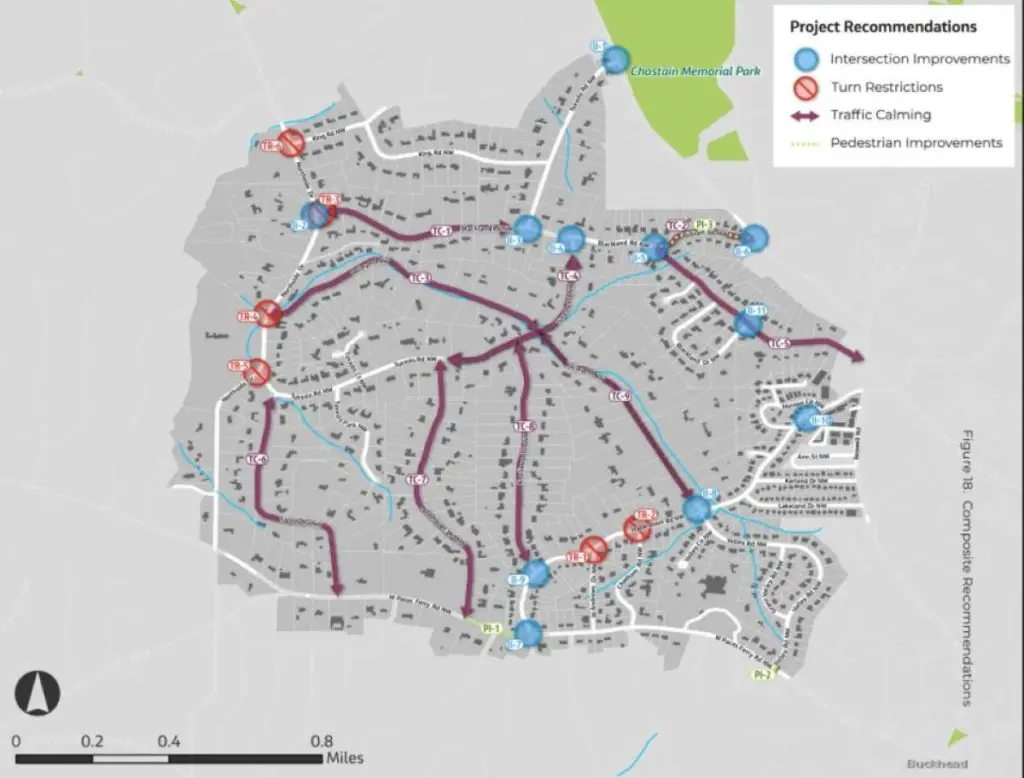
-
Facebook
-
Twitter
-
LinkedIn
-
Gmail
